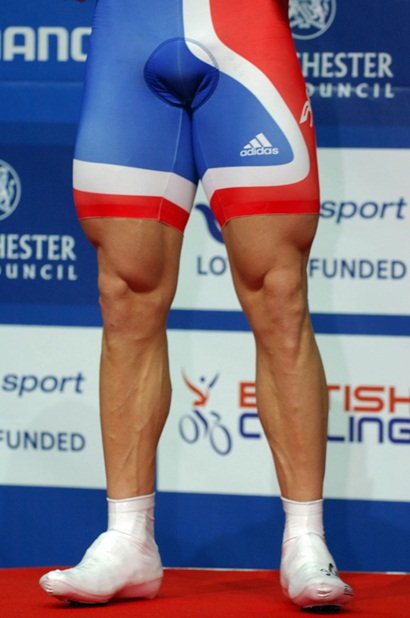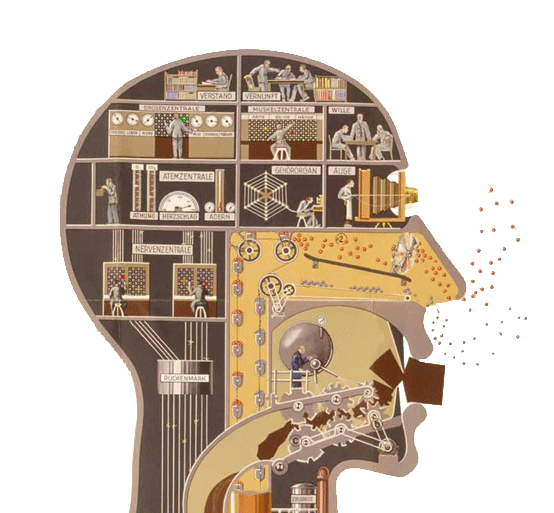- Mar 10, 2009
- 272
- 2
- 0
I was born with quite large muscular legs. Throughout school I could kick a ball further than most, squat more than most, etc.
Then I started bike racing. I've been racing and training for awhile now and something that I've noticed that I just can't understand is how it is possible that some of these 65kg riders with their puny skinny legs seem to timetrial faster and sometimes even sprint faster than guys like me with huge legs. It's not like I'm unfit and untrained.
Shouldn't more muscle kind of suggest that I should have more strength and perhaps power? I see the same thing in the pro ranks. How can such skinny legs generate so much power?
Then I started bike racing. I've been racing and training for awhile now and something that I've noticed that I just can't understand is how it is possible that some of these 65kg riders with their puny skinny legs seem to timetrial faster and sometimes even sprint faster than guys like me with huge legs. It's not like I'm unfit and untrained.
Shouldn't more muscle kind of suggest that I should have more strength and perhaps power? I see the same thing in the pro ranks. How can such skinny legs generate so much power?












